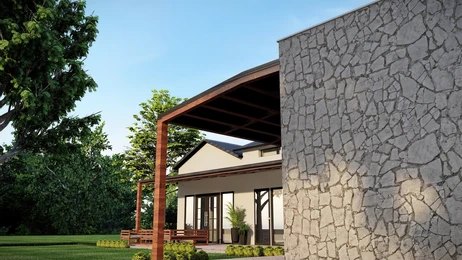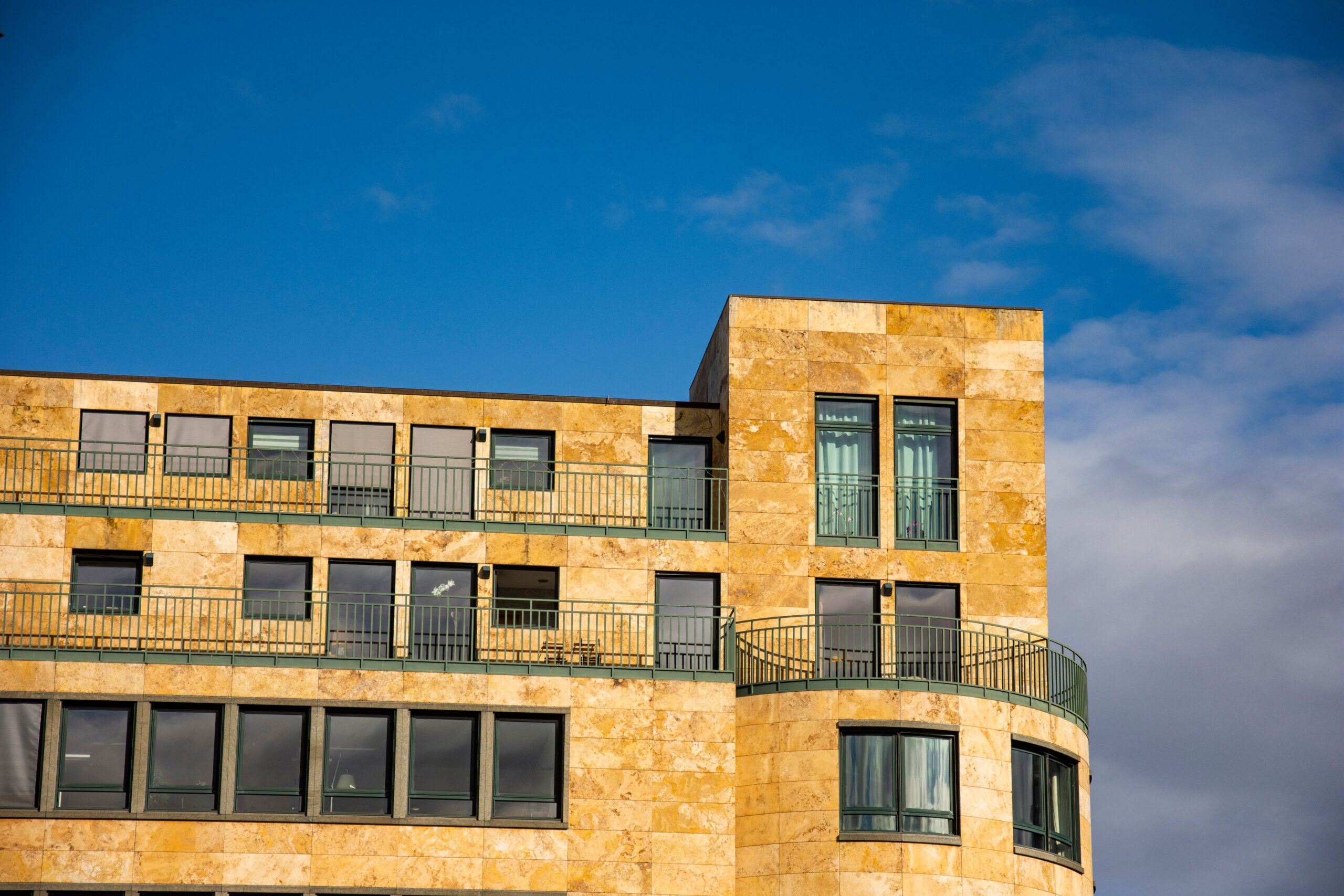Introduction
Deficiency in building materials can lead to costly repairs, poor aesthetics, and reduced property value. Many homeowners and architects struggle to find a balance between durability, beauty, and affordability. The solution? Stone cladding. This versatile material offers the elegance of natural stone at a fraction of the cost while enhancing structural resilience.
In this guide, we’ll explore why use stone cladding, its benefits, types, installation methods, and maintenance tips. By the end, you’ll understand how this material can transform any space into a stunning, long-lasting masterpiece.
Why Use Stone Cladding? Key Benefits Explained
Stone cladding is a popular choice for modern and traditional architecture alike. But why use stone cladding over other materials? Here’s why:
1. Unmatched Durability & Longevity
Stone cladding resists:
- Weather extremes (UV rays, rain, frost)
- Fire and heat damage
- Pest infestations and rot
Unlike wood or vinyl, stone cladding can last 50+ years with minimal maintenance.
2. Enhanced Aesthetic Appeal
Available in various textures and colors, stone cladding adds:
- A rustic, natural look
- Modern, sleek finishes
- High-end luxury appeal
3. Increased Property Value
Homes with stone cladding often see a 10-15% boost in resale value due to its premium appearance and durability.
4. Eco-Friendly & Sustainable
- Made from natural or recycled materials
- Reduces energy costs by improving insulation
- Low carbon footprint compared to synthetic alternatives
5. Low Maintenance
Unlike paint or wood, stone cladding requires:
- No repainting
- No frequent sealing (in most cases)
- Simple cleaning with water and mild detergent
Types of Stone Cladding: Which One is Right for You?
When deciding why use stone cladding, it’s essential to pick the right type. Here’s a breakdown:
| Type | Pros | Cons | Best For |
| Natural Stone | Authentic look, highly durable | Expensive, heavy | Luxury homes, feature walls |
| Cultured Stone | Lightweight, affordable | Less durable than natural stone | Budget-friendly projects |
| Veneer Stone | Easy installation, versatile | Thinner, may crack over time | Interior & exterior accents |
| Reconstituted Stone | Customizable, eco-friendly | May fade over time | Modern architectural designs |
How to Install Stone Cladding: A Step-by-Step Guide
Wondering why use stone cladding if installation seems complex? Follow these steps for a seamless process:
Step 1: Surface Preparation
- Clean the wall thoroughly
- Apply a waterproof membrane (for exterior use)
- Install metal lath for better adhesion
Step 2: Mortar Application
- Use a high-quality adhesive mortar
- Apply a scratch coat for better grip
Step 3: Stone Placement
- Start from the bottom and work upwards
- Use spacers for even gaps (if grouting)
Step 4: Grouting & Finishing
- Fill gaps with mortar or sanded grout
- Seal the stone (if required)
Stone Cladding vs. Other Exterior Finishes
Still unsure why use stone cladding? Compare it to other materials:
| Material | Lifespan | Maintenance | Cost | Aesthetic Flexibility |
| Stone Cladding | 50+ years | Low | Medium-High | High (multiple styles) |
| Brick | 100+ years | Moderate | Medium | Limited |
| Vinyl Siding | 20-30 years | High | Low | Basic |
| Stucco | 25-50 years | Moderate-High | Medium | Moderate |
Maintenance Tips for Long-Lasting Stone Cladding
To maximize why use stone cladding, follow these care tips:
✅ Regular Cleaning – Use water and mild soap; avoid harsh chemicals.
✅ Inspect for Cracks – Repair minor damages early to prevent spreading.
✅ Re-Sealing (If Needed) – Some stones benefit from periodic sealing.
✅ Avoid Pressure Washing – High pressure can erode mortar over time.
Frequently Asked Questions (FAQs)
1. Is stone cladding expensive?
While natural stone can be costly, alternatives like cultured stone offer affordability without sacrificing aesthetics.
2. Can stone cladding be used indoors?
Absolutely! Feature walls, fireplaces, and kitchen backsplashes benefit from stone cladding.
3. Does stone cladding add insulation?
Yes, it provides thermal mass, helping regulate indoor temperatures.
4. How long does stone cladding last?
With proper installation and care, it can last 50+ years.
Conclusion: Why Use Stone Cladding?
From unmatched durability to stunning aesthetics, stone cladding is a smart investment for any property. Whether you’re renovating a home or designing a commercial space, this material offers long-term value, beauty, and sustainability.
Ready to transform your space? Explore stone cladding options today and elevate your design for decades to come!
Final Checklist Before Choosing Stone Cladding
✔ Determine your budget
✔ Select the right stone type
✔ Hire a professional installer (if needed)
✔ Plan for long-term maintenance
By understanding why use stone cladding, you’re one step closer to a timeless, durable, and visually striking property.



Leave a Reply